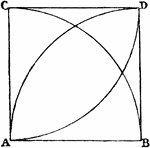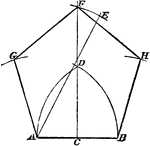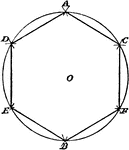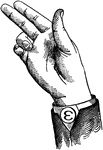
Vocalized Divided Back Consonant
Consonants have a closed or narrowly expanded adjustment of the vocal organs, so that in their production…
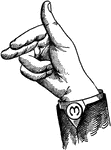
Vocalized Divided Top Consonant
Consonants have a closed or narrowly expanded adjustment of the vocal organs, so that in their production…

Vocalized Divided Point Consonant
Consonants have a closed or narrowly expanded adjustment of the vocal organs, so that in their production…

Vocalized Divided Lip Consonant
Consonants have a closed or narrowly expanded adjustment of the vocal organs, so that in their production…
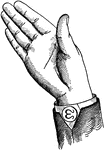
Vocalized Mixed-Divided Back Consonant
Consonants have a closed or narrowly expanded adjustment of the vocal organs, so that in their production…
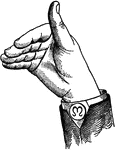
Vocalized Mixed-Divided Top Consonant
Consonants have a closed or narrowly expanded adjustment of the vocal organs, so that in their production…

Vocalized Mixed-Divided Point Consonant
Consonants have a closed or narrowly expanded adjustment of the vocal organs, so that in their production…

Vocalized Mixed-Divided Lip Consonant
Consonants have a closed or narrowly expanded adjustment of the vocal organs, so that in their production…

Vocalized Shut Back Consonant
Consonants have a closed or narrowly expanded adjustment of the vocal organs, so that in their production…
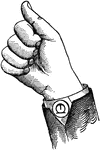
Vocalized Shut Top Consonant
Consonants have a closed or narrowly expanded adjustment of the vocal organs, so that in their production…

Vocalized Shut Point Consonant
Consonants have a closed or narrowly expanded adjustment of the vocal organs, so that in their production…

Vocalized Shut Lip Consonant
Consonants have a closed or narrowly expanded adjustment of the vocal organs, so that in their production…
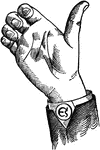
Vocalized Nasal Back Consonant
Consonants have a closed or narrowly expanded adjustment of the vocal organs, so that in their production…

Vocalized Nasal Top Consonant
Consonants have a closed or narrowly expanded adjustment of the vocal organs, so that in their production…
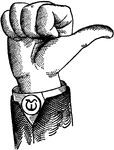
Vocalized Nasal Point Consonant
Consonants have a closed or narrowly expanded adjustment of the vocal organs, so that in their production…

Vocalized Nasal Lip Consonant
Consonants have a closed or narrowly expanded adjustment of the vocal organs, so that in their production…

Vocalized Primary Throat Consonant
Consonants have a closed or narrowly expanded adjustment of the vocal organs, so that in their production…

Indicated High Primary Top Glide
Glides are only transitional sounds. They are intermediate to Consonants and Vowels, combining the characteristics…

Indicated High Primary Point Glide
Glides are only transitional sounds. They are intermediate to Consonants and Vowels, combining the characteristics…

Indicated High Primary Lip Glide
Glides are only transitional sounds. They are intermediate to Consonants and Vowels, combining the characteristics…

Indicated High Wide Point Glide
Glides are only transitional sounds. They are intermediate to Consonants and Vowels, combining the characteristics…

Indicated High Wide Lip Glide
Glides are only transitional sounds. They are intermediate to Consonants and Vowels, combining the characteristics…

Indicated Mid Primary Point Glide
Glides are only transitional sounds. They are intermediate to Consonants and Vowels, combining the characteristics…

Indicated Mid Primary Lip Glide
Glides are only transitional sounds. They are intermediate to Consonants and Vowels, combining the characteristics…

Indicated Mid Wide Point Glide
Glides are only transitional sounds. They are intermediate to Consonants and Vowels, combining the characteristics…

Indicated Mid Wide Lip Glide
Glides are only transitional sounds. They are intermediate to Consonants and Vowels, combining the characteristics…

Indicated Low Primary Point Glide
Glides are only transitional sounds. They are intermediate to Consonants and Vowels, combining the characteristics…

Indicated Low Primary Lip Glide
Glides are only transitional sounds. They are intermediate to Consonants and Vowels, combining the characteristics…

Indicated Low Wide Point Glide
Glides are only transitional sounds. They are intermediate to Consonants and Vowels, combining the characteristics…
Indicated Low Wide Lip Glide
Glides are only transitional sounds. They are intermediate to Consonants and Vowels, combining the characteristics…
Beach Grass
Beach Grass (Calamagrostis arenaria or Ammophila arundinacea), also known as Seasand Reed and Mat Grass,…

Revolving Rake
Edward established his role in the modernization of American agriculture when he invented a "revolving…

Construction Used to Divide a Line Into Equal Parts
Illustration used to show how to divide a line into any number of equal parts by construction.
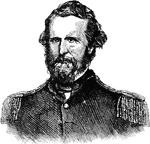
General Nathaniel Lyon
General Nathaniel Lyon (1818 - 1861) was the first Union general to be killed in the Civil War and is…
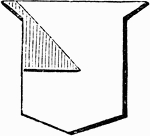
Gyron Ordinary
"The gyron is a triangular figure formed by drawing a line from the dexter angle of the chief of the…
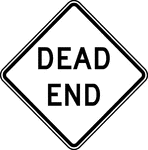
Dead End, Black and White
The DEAD END sign may be used at the entrance of a single road or street that terminates in a dead end…

Dead End, Color
The DEAD END sign may be used at the entrance of a single road or street that terminates in a dead end…

Two-Direction Large Arrow, Black and White
The Two-Direction Large Arrow sign shall be a horizontal rectangle. If used, it shall be installed on…

Two-Direction Large Arrow, Color
The Two-Direction Large Arrow sign shall be a horizontal rectangle. If used, it shall be installed on…

Two-Direction Large Arrow, Outline
The Two-Direction Large Arrow sign shall be a horizontal rectangle. If used, it shall be installed on…

Two-Direction Large Arrow, Silhouette
The Two-Direction Large Arrow sign shall be a horizontal rectangle. If used, it shall be installed on…
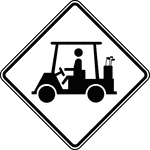
Golf Cart Crossing, Black and White
Vehicular Traffic signs may be used to alert road users to locations where unexpected entries into the…
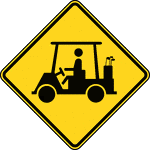
Golf Cart Crossing, Color
Vehicular Traffic signs may be used to alert road users to locations where unexpected entries into the…
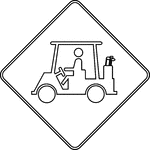
Golf Cart Crossing, Outline
Vehicular Traffic signs may be used to alert road users to locations where unexpected entries into the…
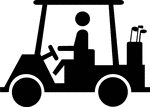
Golf Cart Crossing, Silhouette
Vehicular Traffic signs may be used to alert road users to locations where unexpected entries into the…
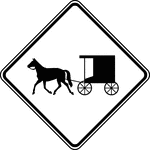
Horse-Drawn Vehicles, Black and White
Vehicular Traffic signs may be used to alert road users to locations where unexpected entries into the…
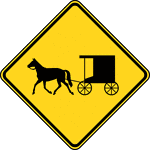
Horse-Drawn Vehicles, Color
Vehicular Traffic signs may be used to alert road users to locations where unexpected entries into the…
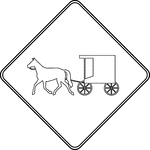
Horse-Drawn Vehicles, Outline
Vehicular Traffic signs may be used to alert road users to locations where unexpected entries into the…

Horse-Drawn Vehicles, Silhouette
Vehicular Traffic signs may be used to alert road users to locations where unexpected entries into the…
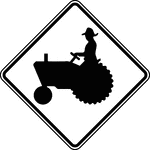
Farm Equipment, Black and White
Vehicular Traffic signs may be used to alert road users to locations where unexpected entries into the…
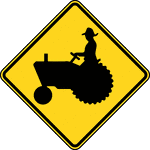
Farm Equipment, Color
Vehicular Traffic signs may be used to alert road users to locations where unexpected entries into the…
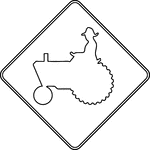
Farm Equipment, Outline
Vehicular Traffic signs may be used to alert road users to locations where unexpected entries into the…
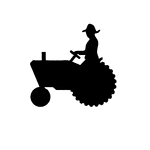
Farm Equipment, Silhouette
Vehicular Traffic signs may be used to alert road users to locations where unexpected entries into the…
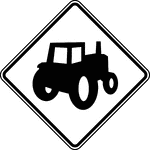
Farm Equipment, Black and White
Vehicular Traffic signs may be used to alert road users to locations where unexpected entries into the…
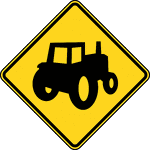
Farm Equipment, Color
Vehicular Traffic signs may be used to alert road users to locations where unexpected entries into the…
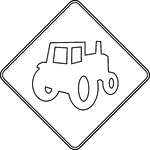
Farm Equipment, Outline
Vehicular Traffic signs may be used to alert road users to locations where unexpected entries into the…
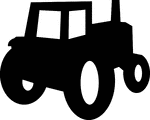
Farm Equipment, Silhouette
Vehicular Traffic signs may be used to alert road users to locations where unexpected entries into the…
